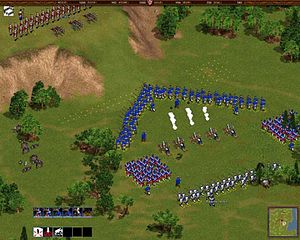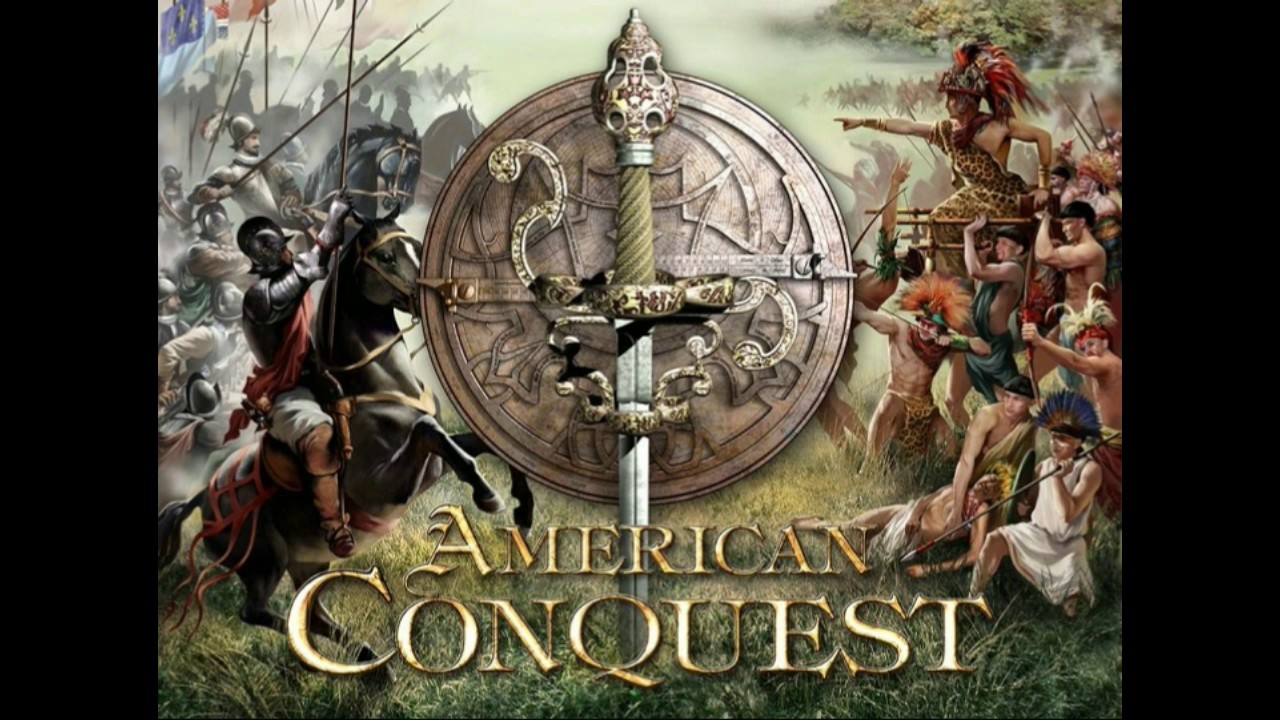

Dependent on Moscow economically and militarily, they nevertheless remained politically and administratively independent, residing in the borderlands of the Russian and Ottoman states. With the increasing population along the Don in the second half of the sixteenth century, the Don Cossacks emerged as an important military and political force in the area. Most of these people were fugitives who chose to settle along the Don, out of reach of the Russian authorities. The first Cossack settlements appeared in the late fifteenth century in the region of the lower Don.

The name "Cossack," incidentally, is from the Turkic word hazak, meaning "free-booter, vagabond" (which should not be confused with the Kazakh ethnic name that appears in Kazakhstan). The language is a distinct variant of the southern Great Russian dialect and shows heavy influence from Ukrainian, Turkish, and Tatar. Whereas most of the Don Cossacks are of Russian or, to a far lesser extent, Ukrainian extraction, others are Turkic or descendants of Kalmyks who settled in the Don region in the seventeenth century.

By 1917 the population of the Don area was 3.5 million, of which almost half were Cossacks, a quarter "native" peasants, and the rest "newcomers." Today the ethnic boundaries between Cossack and non-Cossack are relatively blurred.Įthnic and Linguistic Affiliation. In 1897 about 30,000 Kalmyks resided in Don Cossack territory. Fish include whitefish, sterlet, and carp.ĭemography. Among indigenous smaller plants are thistles, thorns, wormwood, and spear grass. Birds to be found include geese, ducks (including teals), grebes, swans, bustards, eagles, crows, quails, sparrows, and magpies. Reeds grow along the edge of the river, which is sandy in some places. Trees include oak, ash, fir, poplar, and, near the water, willows and pussy willows. The most fertile land is found north of the Medveditsa River. In the west, on the right bank of the Don and in the adjoining area in the north, the steppes give way to hills. In the springtime, however, the steppe area is brilliantly green. The eastern part of the region, which constitutes the left bank of the Don and its tributary, the Medveditsa, is a steppe, the soil is barren and there are only a few shallow creeks. Summers are very hot, with a yellow haze of dust hanging over the wheat fields. Midwinter thaws do occur, however, and may be accompanied by weeks of rainfall. The river is generally frozen until spring, since winters are hard. "Father Don," as the Don Cossacks refer to the river, bisects a region of rolling hills. The Don Cossacks resided along the 800 kilometers of the Don River and its tributaries between 46 ☀7 ′ and 51 ☁8 ′ N and 37 ° and 45 ° E. With the creation of the USSR, their lands were incorporated into the present Rostov, Volgograd, Voronezh, and Voroshilovograd regions, as well as the Kalmyk Autonomous Soviet Socialist Republic. In pre-Revolutionary Russia, the Don Cossacks enjoyed an administrative and territorial autonomy. The Don Cossacks remained, however, the most numerous and significant host. By the late nineteenth century, in addition to the earlier hosts, there were the Amur, the Baikal, the Kuban, the Orenburg, the Semirechensk, the Siberia, the Volga, the Ussuriisk, and, on the Dnieper River, the Zaporozhian Cossack hosts. With the expansion of the Russian state and the government's encouragement, the Cossack hosts proliferated, forming a defensive belt along the borders of the empire. In the late sixteenth century, two offshoots of the Don Cossacks emerged: the Terek Cossack Host along the lower Terek River in the northern Caucasus and the Iaik (Yaik) Host along the lower Iaik River (now known as the Ural River). About the same time the Zaporozhian Cossacks formed in the Dnieper River region. The Don Cossacks, the earliest known in Russia, appeared in the fifteenth century and the host was established during the early sixteenth century. As such, they were identified by their area of residence. They eventually became a part of the Russian irregular military with the main objective of defending Russia's borderlands.
#Cossacks european wars change economy file free#
Originally the Cossacks were free mercenaries who resided in a no-man's-land.


 0 kommentar(er)
0 kommentar(er)
